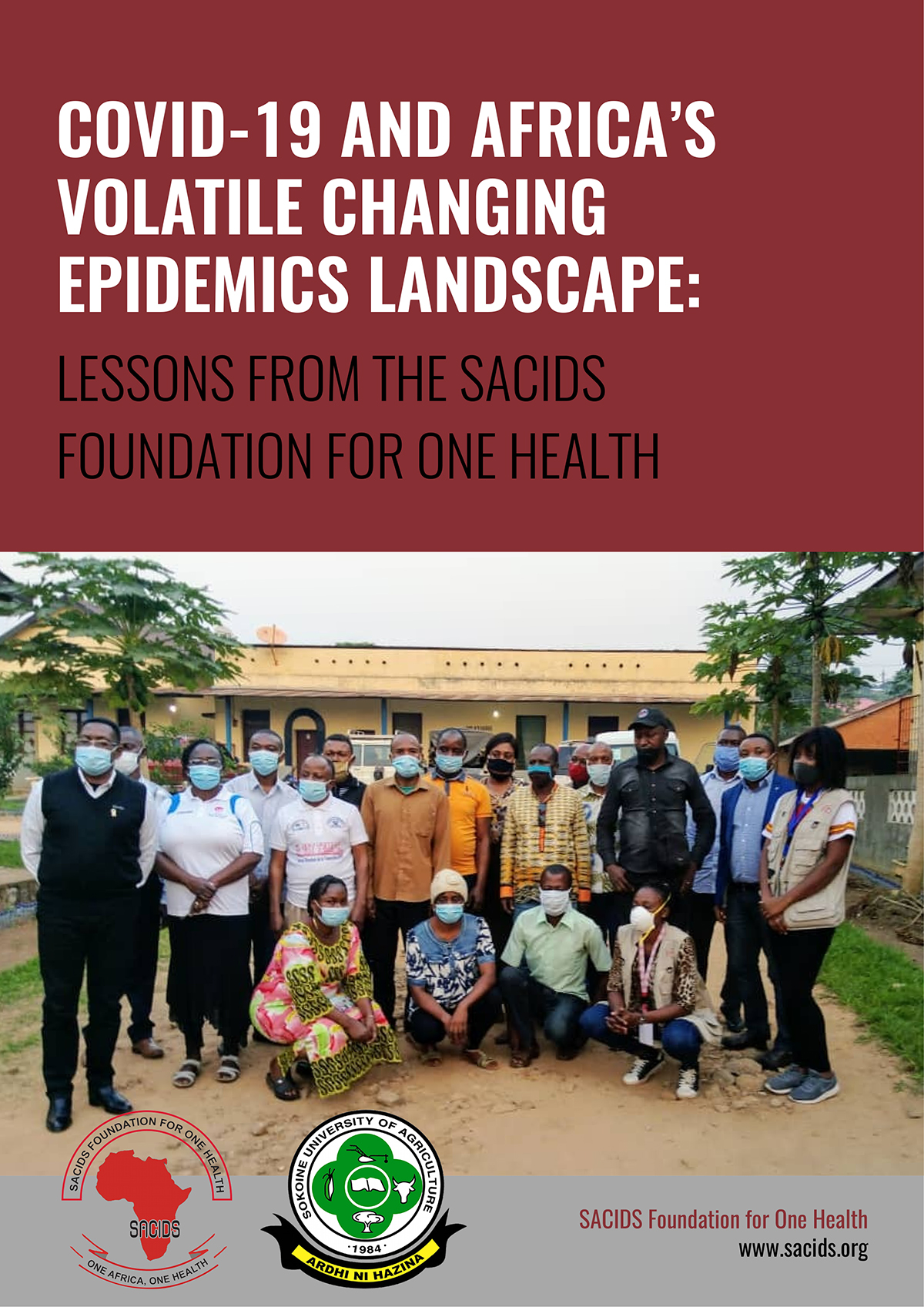Here, SACIDS Foundation for One Health discuss the volatile changing epidemics landscape in Africa
Over the last few decades, the emergence of several infectious diseases have pushed health systems with challenge after challenge. In these moments, Africa bears the highest burden of infectious diseases in humans and animals – in the world. The new virus, COVID-19, comes after lessons hard-learnt from Ebola and widespread antimicrobial resistance (AMR).
Though everyone now hoists countries in Africa and Asia as examples of great COVID-19 containment strategy, what is truly well-known about these public health and scientific infrastructures?
Here, we have insights for you on how Africa took on COVID-19; from the public health moves to the technology, from coalitions between key health authorities to the reformation of health systems over a number of years. Maybe, with this kind of information, these intelligent strategies can be immortalised and used in the future, in many other Nations.
The SACIDS Foundation note that, due to this previous experience, Africa was able to pickup on the existence of COVID-19 and prepare for it as early as January or February. In comparison, Western nations were slower to move, and hesitant to act when they did move.
Working with the Africa CDC, the East African Integrated Disease Surveillance Network (EAIDSNet) and funded by the Skoll Foundation, SACIDS Foundation for One Health have been heavily involved in the ‘Strengthening SACIDS and regional COVID-19 emergency preparedness in eastern and southern Africa’ programme. This coalition of intellectual, analytical insight then enables strong surveillance and communication of the infectious disease issues in the Democratic Republic of the Congo (DRC), Mozambique, Tanzania and Zambia.
To understand more deeply what these organisations are doing to change the epidemics landscape – look no further. We have the answers for you.


